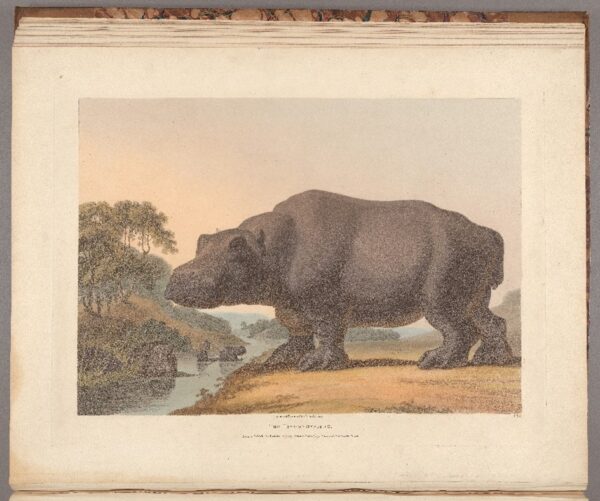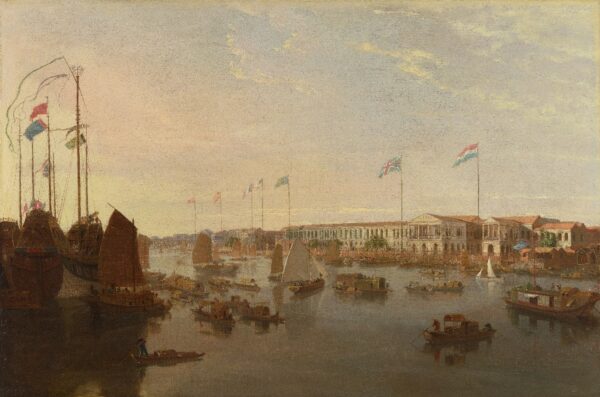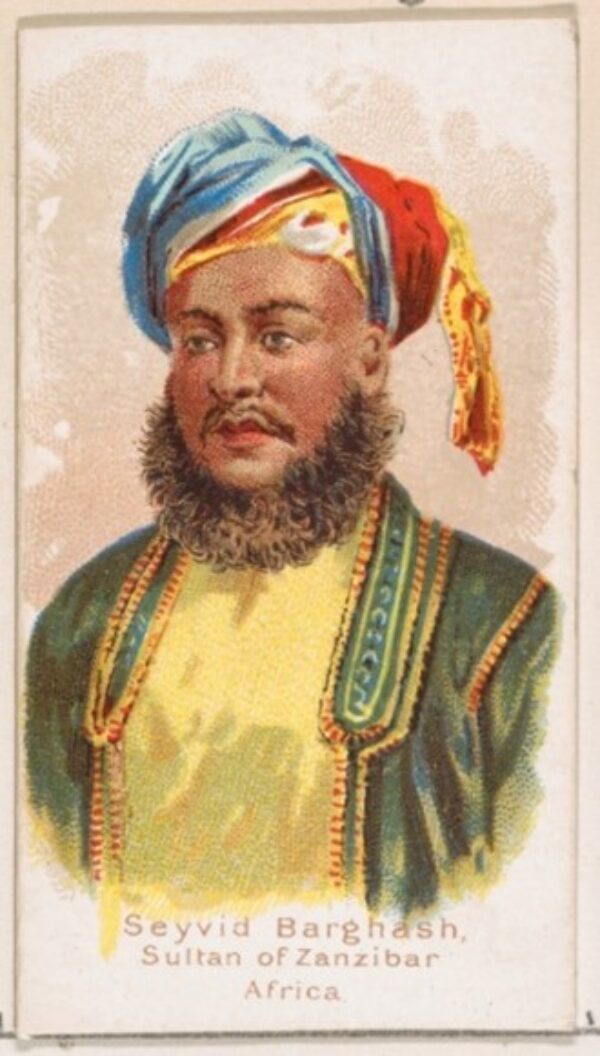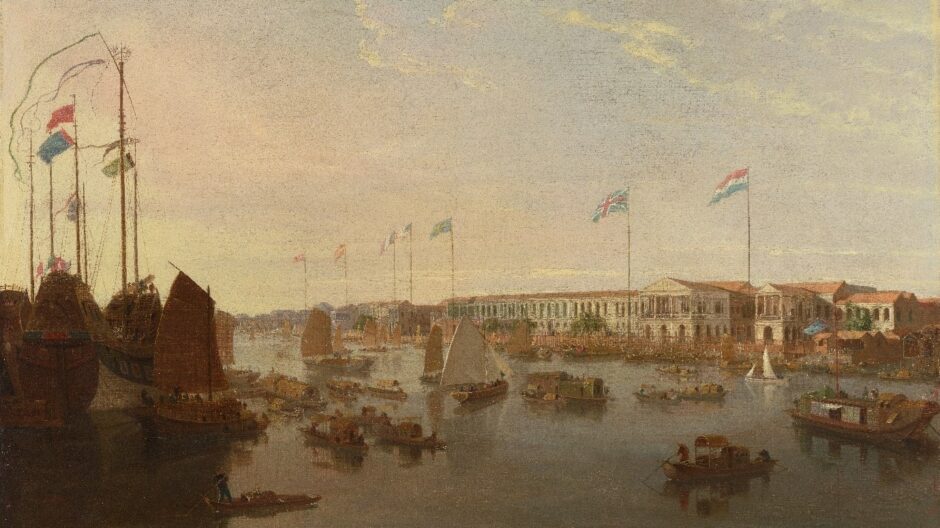The literary scholar Isabel Hofmeyr has called the Indian Ocean a ‘complicating sea’. This MA Special Option takes the Indian Ocean as a method: one that shifts attention from national states and questions of imperial centres and peripheries, and instead offers alternative routes to understanding the place of art within the modern histories of empire and anticolonial resistance.
The course will explore a wide range of paintings, drawings, prints, photographs, architectural schemes, and craft objects, all produced in or circulated across territories lying between the coasts of East Africa and Southeast Asia. We will balance a study of various local and regional artistic traditions with those associated with imperial British attempts to transform the ocean into a ‘British lake’, with colonial power exerted over ‘every rock … where a cormorant could perch’. Consequently, one of the core concerns of the course will be tracking how different artistic practices interacted, as webs of empire brought imperial Britain into contact with other colonial European powers such as France, as well as various expansionist Asian states, including the Omani Empire in the Arabian Peninsula and East Africa, Qajar Iran, the Sikh Empire in northwestern India, and the Burmese Empire of the Konbaung Dynasty.
We will spend significant time studying the visual and material worlds of the East India Company, one of the principal players in the nineteenth-century Indian Ocean World. This will involve using art to chart the political transformation of the Company into a vast territorial empire in the subcontinent, through canvases made by professional painters such as George Chinnery and Valentine Prinsep, the work of British amateurs such as Sir Charles D’Oyly and Emily Eden, as well as the activities of South Asian artists operating in this colonial context, such as Raja Ravi Varma and printers at the Calcutta Art Studio. We will also map the place of art in the transoceanic flows of people and commodities that resulted from the East India Company’s opium trade and its coercive system of indentured labour. From the African ports of the Cape Colony and Mauritius to the Chinese docks of Canton (present-day Guangzhou), we will examine how art both pictured and supported an extensive system of narco-capitalism and unfree labour.
Throughout the course, we will address how artistic practice shaped and communicated anticolonial aspirations, particularly as Asian and African artists adopted a range of new media technologies such as lithography and photography. This will involve ranging freely across distinctions of ‘high’ and ‘low’ art, as we investigate the political impact of cheap chromolithographic cartoons as well as early Modernist paintings in port cities such as Bombay (present-day Mumbai) and Calcutta (present-day Kolkata).
The course will regularly take advantage of London’s public and private art collections, with teaching comprising field trips to institutions such as the British Library, the British Museum, Kew Gardens, and the Victoria and Albert Museum. Students will also be encouraged to make use of the original archival materials deposited in London, particularly the former India Office collections at the British Library.
By the end of the MA, students will have acquired a substantial arsenal of transferable skills. A wide-ranging understanding of various artistic traditions in the Indian Ocean World will naturally benefit those thinking of pursuing a career in the academic, curatorial, or commercial art worlds – particularly as employers seek candidates capable of working across national traditions and specialisms. However, students will also graduate with substantial experience in researching, writing, and critical thinking, skills that are valued across a diverse range of professions.
Course Leader: Dr Tom Young
In the event that a course leader is on sabbatical, takes up a fellowship, or otherwise is not able to teach the course, they will be replaced by another experienced course leader either for a semester or, in some cases, the academic year.
Please note: whilst many Special Options will include site visits within the UK and further afield, these are subject to confirmation.






